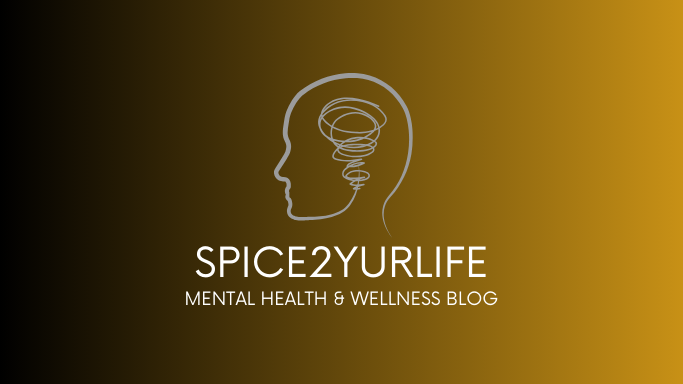Childhood should be a time of wonder, safety, and nurturing. But for many, it's marked by pain, neglect, or experiences too heavy for a child to carry. If you're reading this, chances are you're navigating the invisible wounds of childhood trauma—and first, let me say this: You are not alone. And healing is possible.
What is Childhood Trauma?
Childhood trauma can take many forms—emotional neglect, physical abuse, verbal harm, witnessing domestic violence, or losing a loved one at a young age. Even subtle, consistent invalidation or being forced to grow up too fast can leave deep emotional scars. These experiences shape how we see ourselves, others, and the world around us.
The effects may linger into adulthood: difficulty trusting others, fear of abandonment, people-pleasing, anxiety, low self-worth, or a constant feeling of being on edge.
But here's the truth—what happened to you wasn't your fault. But healing is your right.
The Healing Journey: There’s No One “Right” Way
Healing from childhood trauma isn't linear. It's messy. It's layered. And it's deeply personal. But here are some powerful ways to begin reclaiming your peace and reconnecting with yourself:
1. Acknowledge and Validate Your Pain
Many survivors minimize their trauma—"It wasn’t that bad" or "Others had it worse." But your pain is valid. Your experiences matter. Acknowledging your trauma is not about blaming others—it's about giving yourself permission to feel, grieve, and heal.
2. Seek Safe Support
Whether it's a therapist, support group, or a trusted friend, healing thrives in safe, supportive spaces. Trauma often happens in relationships, and healing can, too. A trauma-informed therapist can help you process your story, manage triggers, and build tools for resilience.
3. Reconnect With Your Inner Child
That younger version of you—scared, confused, yearning for love—still lives within. Nurture them. Speak to them with kindness. Inner child work (through journaling, visualization, or therapy) can help reparent the parts of you that were left unsupported.
Ask yourself: What did I need then that I didn’t get? Then, begin offering that to yourself now.
4. Build New, Empowering Narratives
Trauma tells us lies—“I’m not enough,” “I’m unlovable,” “I have to earn love.” Healing involves rewriting those scripts. Start affirming new truths: I am worthy. I deserve peace. I am not defined by my past.
Every small act of self-compassion chips away at those old stories.
5. Create a Sense of Safety
Trauma often disrupts our sense of safety—both emotionally and physically. Create routines, set boundaries, and build environments that help you feel grounded. Practices like deep breathing, mindfulness, or yoga can help regulate your nervous system and bring you back into your body.
You might also explore tools and self-care resources that support your healing journey. I've curated some helpful wellness items, journals, books, and calming essentials on my Amazon Storefront—each handpicked to help you feel seen, supported, and safe.
You Are Allowed to Heal
Healing doesn’t mean forgetting or pretending the past didn’t happen. It means loosening the grip it has on you. It means finding peace—not because everything is perfect, but because you’re finally giving yourself the love and care you always deserved.
Remember: You are not broken. You are becoming. And every step you take toward healing is an act of courage.
You’ve survived so much. Now, you get to thrive.
If this message resonates with you, take what you need, and feel free to explore more mental wellness tools on the Spice2yurlife Amazon Storefront—because your healing matters, and so do you.







No comments:
Post a Comment